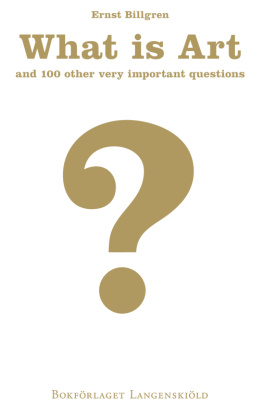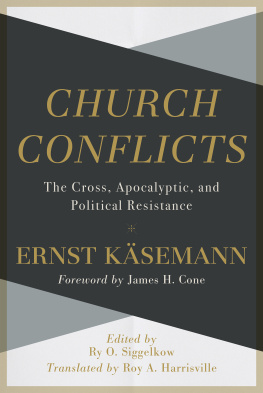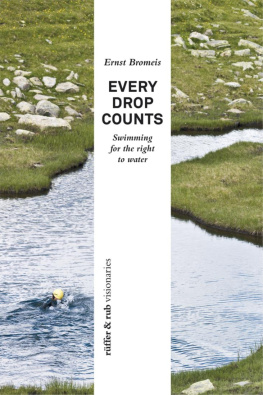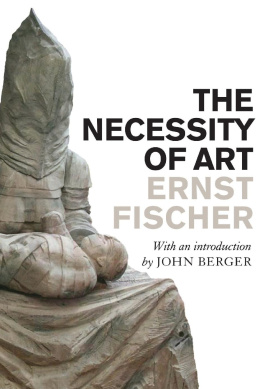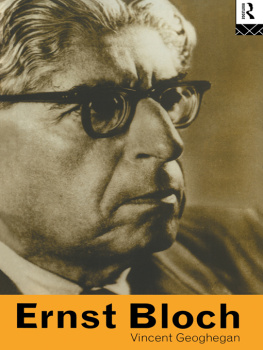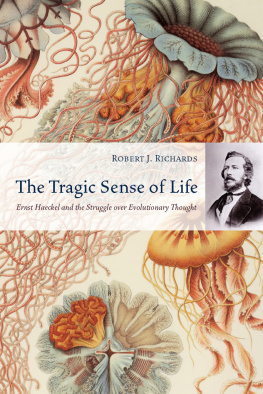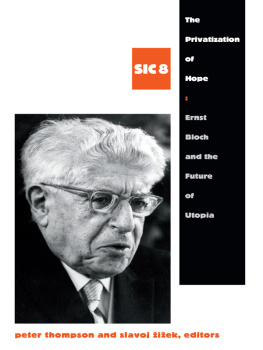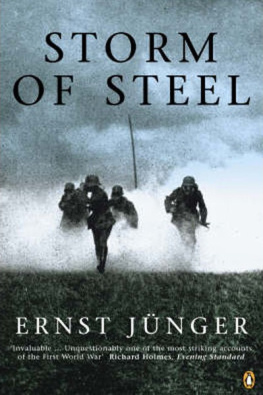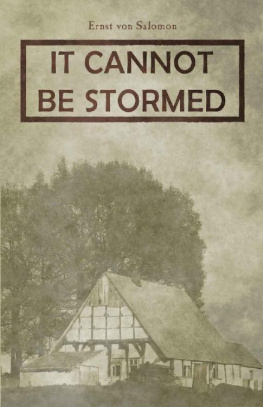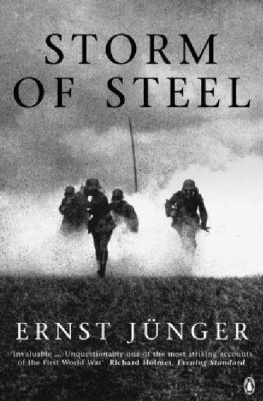Ernst Billgren and Bokfrlaget Langenskild, Stockholm, Sweden
Text: Ernst Billgren. English translation: Carl Fredrik Gildea,
Eva Tofvesson Redz, Amesto Translations
Graphic design: Jan Thurell, K2AB
E-book production: Elib AB 2011
ISBN e-book: 978-91-979421-2-6
www.langenskiolds.se
www.whatisart.se
www.questionbooks.se
Ernst Billgren
What is Art
and 100 other very important questions
Translated by Carl Fredrik Gildea,
Eva Tofvesson Redz, Amesto Translations
B OKFRLAGET
L ANGENSKILD
The most common approach to writing about art is to describe what you think about it. Opinions are like feelers that we plunge into the boiling broth of culture where we find our bearings. Is this really the best approach? The world of art lacks a Linnaeus, someone who at some point catalogued and sorted everything out. Facts, not opinions. If Linnaeus had written down what he personally thought of all the plants instead (bluebell = beautiful, cactus = ugly), botany would not have become the science it is today.
In this book, I stay clear of opinions and attempt to remain true to the facts facts which you should not take at face value, but rather verify with simple experiments. If I should still be in error in any of my answers, I gratefully look forward to receiving the correct one as soon as possible. Send it to: . I promise to give you a reward.
The reader may discover that some of my answers appear contradictory. Does that imply that one of them is wrong? Not necessarily, since paradoxes are something you have to put into the equation, especially if you work with art or physics. For instance, it has been shown that elementary particles display unusual and paradoxical traits: they can be in several places at once which is something many artists have to resort to as well.
?
Will knowledge resolve my artistic problems?
Short answer:
Only if you can make use of it.
Long answer:
791 persons were killed by toasters in the U.S. last year, but during the same period only nine persons were killed by sharks. Now, that is useful knowledge. Unfortunately, this information has not made people more afraid of toasters than of sharks, even if they ought to be. It is probably only at the moment we are roasting to death because of a crummy toaster that we remember: Thats right! Toasters are dangerous. Many people prefer to die rather than replace their delusions with facts.
Should you do something good?
Short answer:
Not necessarily.
Long answer:
The stress and pressure to do something well is very high and somewhat impressive. It makes you lose focus on what you are actually interested in and will always guide you toward the accepted and general ideas that dominate the agenda of the day. Better, then, to do something and attempt to enjoy the result (as many do with their children) than to attempt to remake what you have done into something good (as many people do with their children). Art that history has deemed important is often a reflection of the prevailing Zeitgeist. Had the artist tried to accomplish something good instead of something true, it would have become less important; the desire to accomplish something good can be seen as a form of self-censure.
If you were to give a single piece of advice to a budding artist, what would it be?
Short answer:
Paint the sky first, then the trees, so that you wont have to mess around with the sky between the branches.
Long answer:
This answer does not necessarily apply only to painting the logic is applicable to all artistic pursuits. If you want to attain something, you should see your work as a logical and practical process. Many artists never achieve the results they aspire to, getting stuck in meaningless physical problems. Hence such ludicrous slogans as the road itself is the goal etc. That is the voice of those who never walked the entire length of the road and therefore never arrived at the goal.
What is art?
Short answer:
A question.
Long answer:
Just as a physicist is a collection of atoms trying to discern what an atom is, so art is an invention that aims to discover what art is.
Isnt there a danger that you will stagnate over the years?
Short answer:
You are joking, arent you?
Long answer:
Nobody has ever discovered anything of importance after the age of thirty. Take Einstein for example: he made all his discoveries in youth and spent the rest of his life exploring his Theory about Everything (Grand Unified Theory gut), which he never completed. You become more experienced over the years and can further develop your ideas, but your discoveries come at an early age. That is why many important works are created by aging artists refined versions of their youths somewhat clumsy discoveries. This should be accepted with humility. Both roles are equally important, but in different eras, one or the other has been considered more hip. Avoid pretending that you belong to the wrong group and act the youthful discoverer all your life or the other way around.
Is it not enough to do what you want?
Short answer:
Who knows what he wants?
Long answer:
For many people, the gap is too great between what they believe they want and what they really want. Their ideals disorient them. Many of them want to disregard what other people think, but in reality they are very interested indeed in other peoples opinions and are disappointed when no one comes to witness their accomplishments. Or perhaps their ideals encourage them to work with the environment or with social issues, when they are actually more interested in, say, shoes or rodents. Or the other way round. And when the discrepancy between what they do and who they really are becomes too wide, indifference moves in, and while everything seems to be going great, suddenly nothing feels urgent anymore.
How important is it that you create something new
Short answer:
Completely decisive.
Long answer:
Originality is the artistic quality that has been most strongly prioritized throughout the whole epoch of Modernism. There are no works of art in any of our modern art museums that is considered important that are not also innovative in some respect. However, throughout history this is a quality that has been largely dismissed. The Egyptians, for instance, did not care much for such matters, which is why it is difficult to discern the work of one generation from the next. The art was very good anyway, so it was not dependent on being original. It is not impossible that in the future, when Modernism has waned, we will accomplish great works that contain nothing new. However, we are not there yet.
Does rebellion serve a function?
Short answer:
Yes it is builds your self-confidence.
Long answer:
A revolt against something means you know something that others do not, that you have seen through the lies, understood that things are bad and often see how things ought to be instead. This is a wonderful emotion. When I studied at Valand Art College, I put up a sign in my studio that read Refuse to rebel, since regardless of whether you rebel or conform you are dependent on the established order both the rebel and the yes-man are un-free. Thus the danger with revolting is that you sacrifice your independence for a bit of self-confidence.
Why do so many people have a hard time understanding art?
Short answer:

